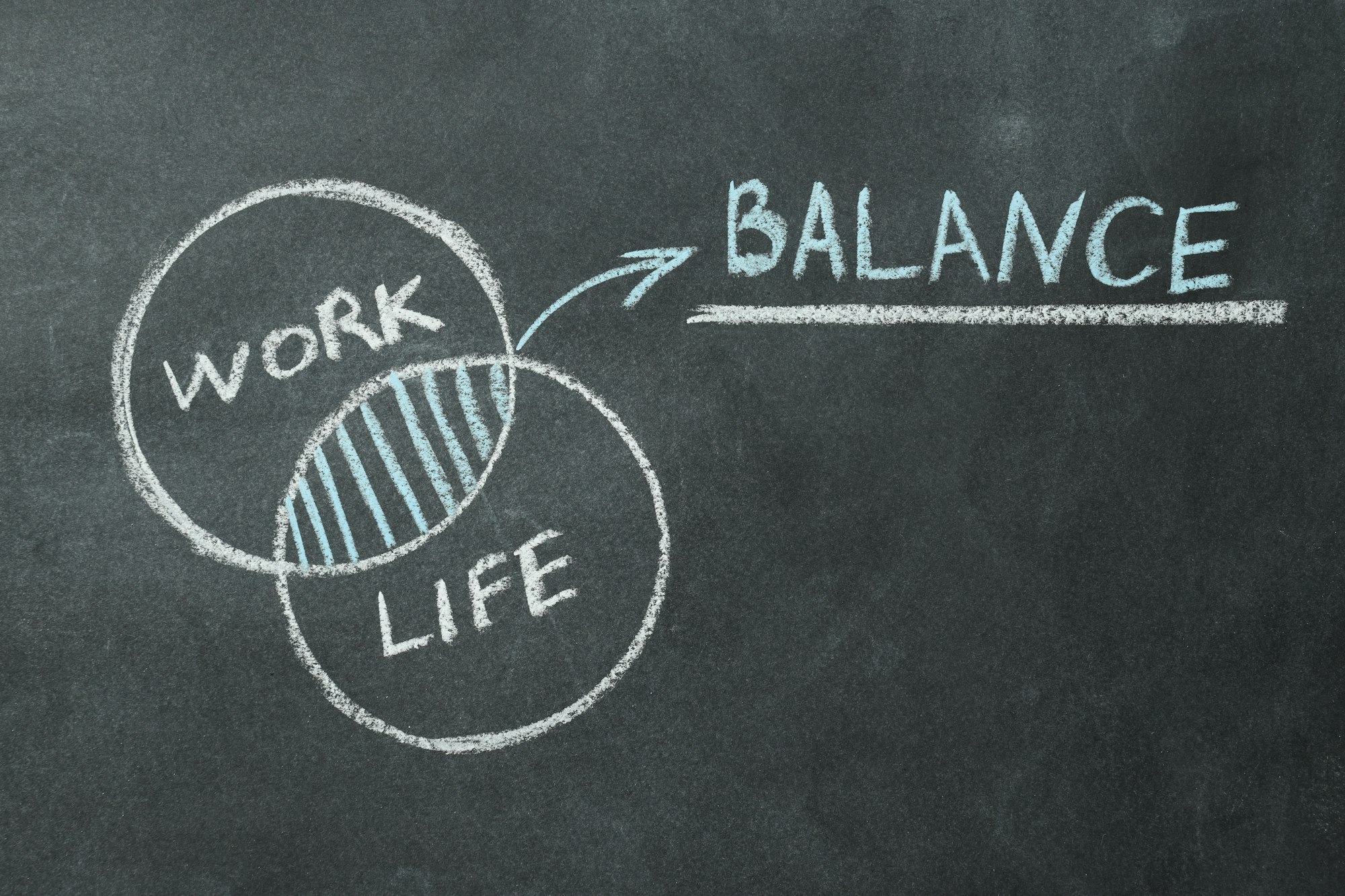
In the hustle and bustle of our everyday lives, efficiency isn’t just a buzzword—it’s a necessity. The constant barrage of tasks and responsibilities demands that we master the art of prioritization.
You may often find yourself juggling multiple tasks, unsure of which to tackle first. Sound familiar? You’re not alone. With the right prioritization methods, you can not only streamline your workflow but also maximize your output.
“The key is not to prioritize what’s on your schedule, but to schedule your priorities.” – Stephen Covey
By adopting a strategic approach to prioritize your tasks, you can transform chaos into order, ensuring that your most important work gets the attention it deserves.
In this guide, we’ll delve into proven prioritization techniques that can boost your productivity and help you achieve your goals more efficiently.

When it comes to fostering both efficiency and productivity, choosing the right prioritization method is crucial. One of the most effective tools at your disposal is the prioritization matrix.
This matrix is a visual aid that helps you categorize tasks based on their urgency and importance, ensuring you focus on what truly matters.
Let’s explore some of the popular prioritization methods:
Named after President Dwight D. Eisenhower, this matrix divides your tasks into four quadrants based on their urgency and importance:
This method helps streamline your focus, ensuring that your precious time is spent on high-impact activities.
Popularized by time management expert Brian Tracy, the ABCDE method assigns each task a letter from A to E based on its importance:
By tackling your A tasks first, you ensure that your most critical activities receive the attention they deserve.
This method is particularly useful in project management and stands for:
By categorizing tasks this way, you can clearly define priorities and communicate them effectively to your team, ensuring everyone knows what is essential and what can wait.
Each of these methods offers a structured approach to priority setting, which can help you make better decisions and use your time more effectively.
Whether managing your daily to-do list or orchestrating a complex project, selecting the right method can significantly enhance your efficiency and output.

Maximizing output isn’t just about working harder or longer; it’s about working smarter. By strategically prioritizing your tasks, you can channel your efforts into activities that yield the highest return.
This optimized approach not only helps in managing your time effectively but also enhances productivity by focusing on what truly matters.
One of the most powerful tools at your disposal is the prioritization matrix. This matrix leverages the brain’s natural ability to focus on high-impact activities through selective attention.
By categorizing tasks based on their importance and urgency, you can ensure that critical tasks are addressed promptly, leaving less important tasks for later or delegating them altogether.
Let’s dive deeper into the steps to effectively use a prioritization matrix:
By methodically applying the prioritization matrix, you align your task management with your core objectives, ensuring that your efforts are both efficient and effective.
Remember, the goal is to maximize output by prioritizing work that offers the highest return on investment.
Combining different prioritization methods can provide a more comprehensive strategy for managing your tasks.
Each method has its strengths and applying them collectively can help you navigate complex decision-making processes more efficiently.
Start by using the Eisenhower Matrix to sort tasks into four categories: urgent and important, important but not urgent, urgent but not important, and neither urgent nor important.
This initial classification helps you quickly identify tasks that need immediate attention.
Next, take the tasks from your Eisenhower Matrix and apply the ABCDE Method. This will allow you to rank and further prioritize tasks within each category.
Assign an “A” to your top-priority tasks, “B” to those that are important but less so, and continue this process through “E,” which stands for tasks that can be eliminated if necessary.
Finally, use the MoSCoW Method to refine your priorities even further. Classify the tasks as Must-haves, Should-haves, Could-haves, and Won’t-haves.
This added layer helps you make clearer distinctions between tasks that are critical for achieving your goals and those that are more flexible.
By combining these methods, you create a multi-dimensional perspective on your priorities, ensuring no essential task is overlooked while allowing flexibility to adapt to changing circumstances.
You’ll find it easier to allocate your resources, manage time effectively, and ultimately achieve higher productivity.

Prioritizing tasks can skyrocket productivity, but it’s not without its challenges. Here are some common pitfalls and effective strategies to sidestep them:
Your priorities should evolve as projects progress and new tasks emerge. To avoid overlooking this, schedule regular intervals—be it weekly or bi-weekly—to reassess your task list.
This ensures you’re always focusing on activities that offer the highest returns.
Designating too many tasks as ‘critical’ can lead to overwhelm and inefficiency. Stick to a realistic number, typically no more than three critical tasks per day. This keeps your focus sharp and your goals achievable.
Ignoring the balance between effort and impact can waste resources. Use tools like the Action Priority Matrix to visualize and weigh the effort against the potential benefits, ensuring that high-impact, low-effort tasks get your attention first.
Rigidly sticking to an initial plan can be counterproductive. Embrace flexibility and be willing to adjust priorities as new information arises or as project needs shift.
Consider employing agile methodologies that encourage iterative review and adjustment.
A lack of communication can lead to misaligned priorities and reduced efficiency. Make it a habit to discuss and align on key priorities with your team during regular meetings. Use collaborative tools to ensure everyone is on the same page.
Urgent tasks often overshadow important ones, leading to a reactive rather than proactive work style.
Utilize the Eisenhower Matrix to distinguish truly important tasks from those that merely appear urgent, allowing you to focus on what truly matters.

When it comes to maximizing efficiency and output, productivity experts have honed in on a few vital tips and tricks. Let’s delve into some actionable insights you can adopt.
Time Blocking: Schedule specific blocks of time for different tasks throughout your day. This technique, also known as chunking, helps minimize interruptions and increase focus.
Try allocating dedicated hours for critical tasks during your peak productivity periods.
The Two-Minute Rule: This simple yet effective rule suggests that if a task can be completed in two minutes or less, do it immediately.
This prevents minor tasks from piling up and ensures quick wins throughout your day, boosting your sense of accomplishment.
Prioritize High-Impact Tasks: Focus your time and energy on tasks that offer the most significant return on investment.
High-impact, low-effort tasks, like creating call-to-action buttons for your blog, can provide quick wins and set a positive tone for the day.
Utilize Tools and Technology: Platforms like monday.com offer features that aid in task management, automation, and collaboration. Leverage such tools to streamline your workflows and ensure better cooperation within your team.
Single-Tasking over Multitasking: Research suggests that multitasking is a myth and often leads to inefficiency, as the brain struggles with switching between tasks. Prioritize single-tasking to maintain high levels of focus and quality in your work.
Don’t Underestimate Breaks: Taking regular breaks is essential to maintain high productivity levels.
The Pomodoro Technique, which involves 25 minutes of focused work followed by a 5-minute break, can help maintain consistent productivity throughout your workday.
Review and Reflect: At the end of each day, review what you’ve accomplished and reflect on your productivity patterns. This habit not only helps you recognize areas for improvement but also prepares you better for the next day’s priorities.
Incorporating these expert-backed tips into your routine can significantly enhance your efficiency and output. Remember, the key to productivity is continuous improvement and adaptability.

Absolutely! Prioritization can significantly enhance your work output by ensuring that you focus on the most crucial tasks first.
It helps in breaking down complex issues, categorizing and ranking priorities, and identifying important areas to focus on.
This strategic approach ensures that your efforts are aligned with your most critical goals, thereby enhancing productivity and efficiency.
Using prioritization methods offers numerous benefits:
Yes, several frameworks are particularly effective for teams:
Measuring the effectiveness of prioritization methods can be done through various metrics:
Prioritization is crucial for achieving business goals as it aligns tasks and projects with the company’s strategic objectives.
By focusing on high-impact activities, allocating resources efficiently, and ensuring that critical deadlines are met, prioritization helps in driving the business forward.
It also facilitates adaptability, enabling the organization to respond quickly to changing priorities and market conditions, ultimately contributing to the overall success and growth of the business.
By leveraging these prioritization methods, you empower yourself to make more informed decisions that maximize your efficiency and output.
Each technique, whether it’s the Eisenhower Matrix, the ABCDE Method, or the MoSCoW Method, offers unique advantages.
When applied together, they form a robust framework that not only helps you tackle tasks more effectively but also enhances productivity and focus.
The Eisenhower Matrix aids in distinguishing between urgent and important tasks, giving you clarity on where to invest your energy.
The ABCDE Method then helps you rank tasks based on their true importance, ensuring that you allocate time to what genuinely matters.
Finally, the MoSCoW Method allows for a nuanced approach to fine-tuning priorities, ensuring that essential tasks are recognized and addressed swiftly.
Moreover, regular reassessment of priorities keeps you aligned with your goals and responsive to changes, while avoiding common pitfalls like the “urgency trap” can save you from unnecessary stress.
Communicating these priorities within your team ensures everyone is on the same page, improving overall resource allocation and decision-making.
Ultimately, having a structured yet flexible approach to prioritization can significantly reduce stress, enhance productivity, and lead to better decision-making.
This toolkit is not only easy to apply but is also beneficial across various aspects of both your personal and professional life. Embrace these methods, and witness a transformative impact on how you manage your tasks and achieve your goals.



